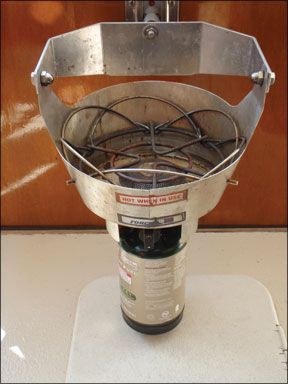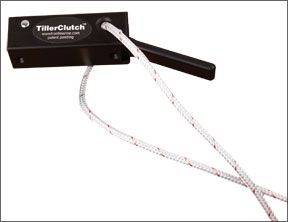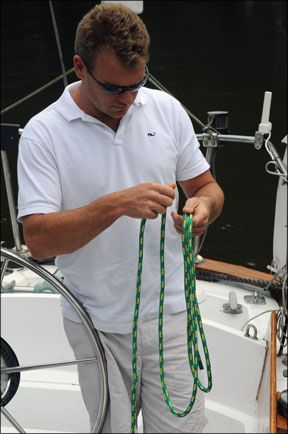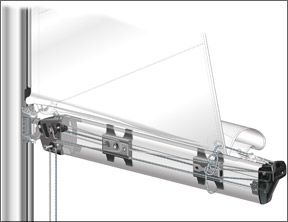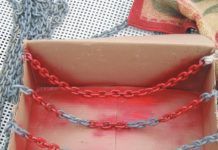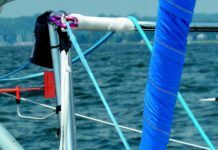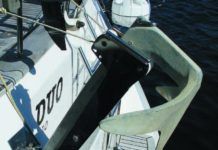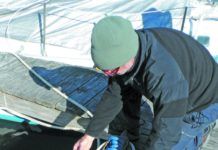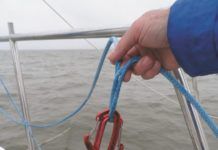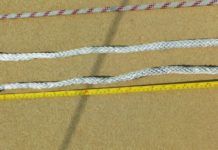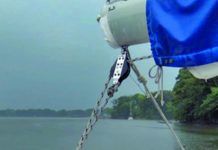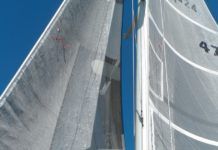Marking Lines for Safe Sailing
Boats sail better when rode, docklines, running rigging, and sail control lines are properly adjusted, and many lines are easier to adjust if common...
Deck-level Wind Vanes
There are two primary wind indicators on a sailboat. First, we watch the sails. Sailing to windward we watch the jib for luffing and...
Selecting a Stern Anchor
I have a 30-foot sailboat and I was considering keeping an emergency anchor ready to lower quickly as a temporary way to stop drifting...
Overheating Ropes
We have a love-hate relationship with nylon rope. When it comes to absorbing shock, it offers the best available combination of strength, elasticity, and...
Cam Cleat Wisdom
Sailing is all about pulling and securing strings. For infrequent securing, a horn cleat works fine. Others are constantly tweaked and require something more...
Working with High-Tech Ropes
If you are working with low friction rings, sooner or later you're going to work with Amsteel and other high molecular polyethylene (HMPE) ropes,...
Adding a Polyester Cover to Dyneema Single Braid
Extremely low friction allows Amsteel and other high molecular weight polyethylene (HMPE) lines to run like lightening through low friction rings. Unfortunately, they also...
Splice Failure Linked to Fatality
You don't have to look far to find a case in point supporting our recent Practical Sailor Special Report on high-tech lines, which emphasized...
A Sure Way to Secure the Boom
When the wind really blows, the pleasant chiming of a marina takes on a different character. Above the howling of the wind is the...
Making Sail Repairs Last
Polyester has long been the workhorse sail fabric; durable, easy to sew and handle, and relatively stretch resistant. It is also relatively easier to...
































